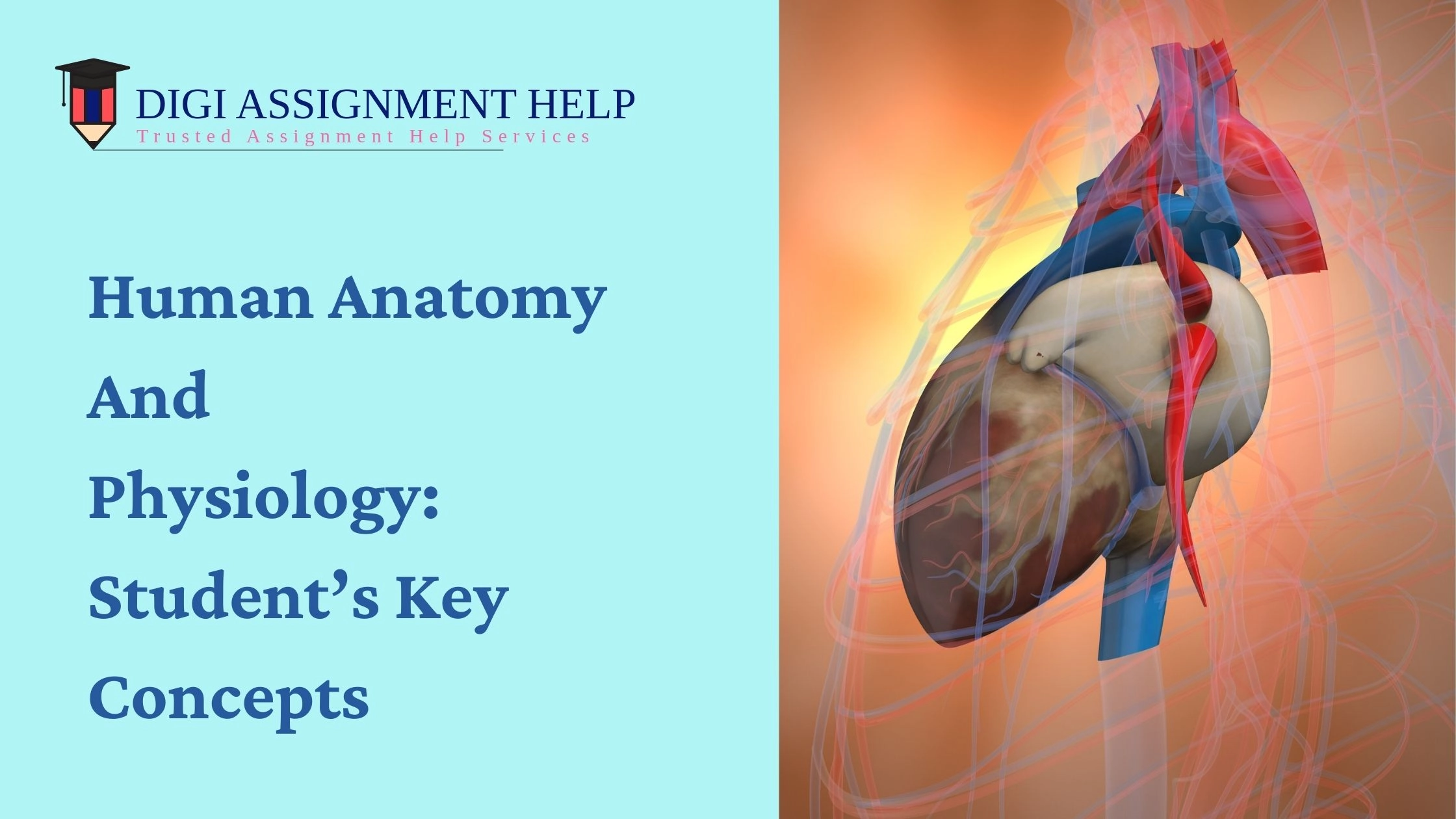Human Anatomy and Physiology Global Edition StudentVIP Biology Diagrams
Human Anatomy and Physiology Global Edition StudentVIP Biology Diagrams The human body is the physical substance of the human organism. Characteristic of the vertebrate form, the human body has an internal skeleton with a backbone, and, as with the mammalian form, it has hair and mammary glands. Learn more about the composition, form, and physical adaptations of the human body. The internal human body includes organs, teeth, bones, muscle, tendons, ligaments, blood vessels and blood, lymphatic vessels and lymph. The study of the human body includes anatomy, physiology, histology and embryology. The body varies anatomically in known ways. Physiology focuses on the systems and organs of the human body and their functions. Innerbody Anatomy Explorer There are 12 major anatomy systems: Skeletal, Muscular, Cardiovascular, Digestive, Endocrine, Nervous, Respiratory, Immune/Lymphatic, Urinary, Female Reproductive, Male Reproductive, Integumentary. Muscular System The muscular system is responsible for the movement of the human body.

Understanding human anatomy and physiology is essential for comprehending how our bodies function, maintain health, and respond to diseases. This knowledge serves as the foundation for fields ranging from medicine and healthcare to sports science and biology. Anatomy focuses on the structure of body parts while physiology examines their functions. Human Physiology (physio = "nature"; -logy = "study") studies the "nature" of the human body, nature in the sense of how structures at different levels work. Physiology focuses on function, or how structures at different levels work. Anatomy and physiology are intimately related. A hand is able to grab things (function) because the

Detailed 3D anatomical illustrations - Innerbody Biology Diagrams
An understanding of anatomy and physiology is not only fundamental to any career in the health professions, but it can also benefit your own health. Familiarity with the human body can help you make healthful choices and prompt you to take appropriate action when signs of illness arise. Your knowledge in this field will help you understand news Human body parts comprise a head, neck and four limbs that are connected to a torso. Giving the body its shape is the skeleton, which is composed of cartilage and bone. Human body internal parts such as the lungs, heart, and brain, are enclosed within the skeletal system and are housed within the different internal body cavities. Distinguish between anatomy and physiology, and identify several branches of each; Describe the structure of the body, from simplest to most complex, in terms of the six levels of organization; Identify the functional characteristics of human life; Identify the four requirements for human survival

An Introduction to the Human Body. 1.0 Introduction. 1.1 How Structure Determines Function. 1.2 Structural Organization of the Human Body. 1.3 Homeostasis. This work, Anatomy & Physiology, is adapted from Anatomy & Physiology by OpenStax, licensed under CC BY. This edition,
